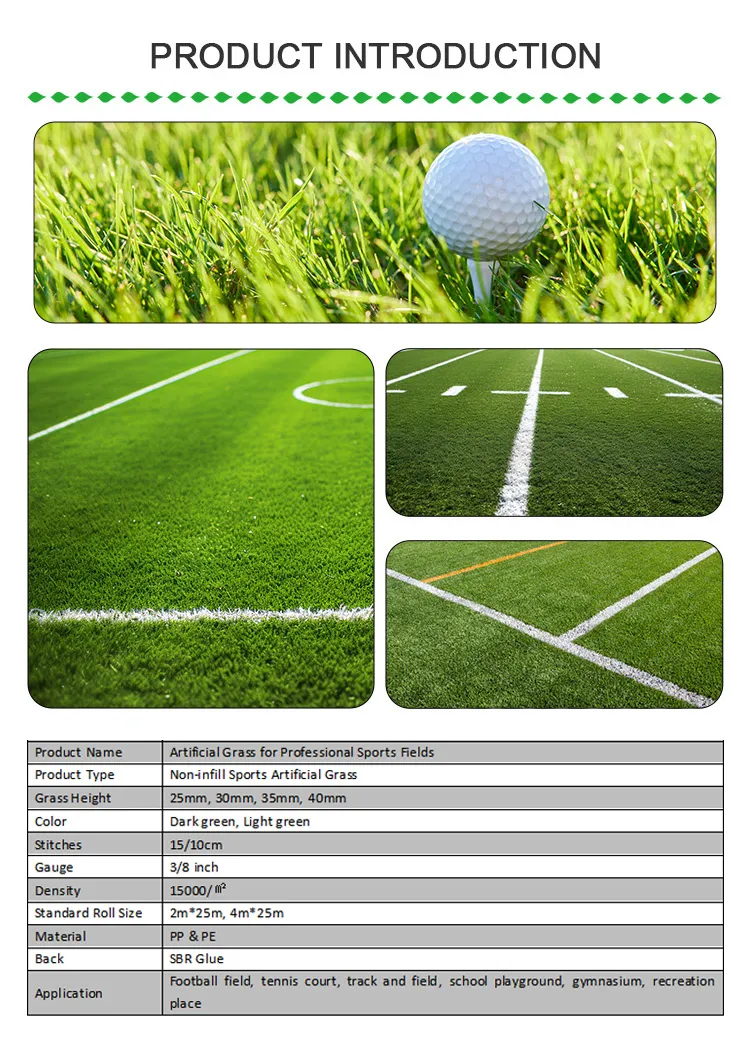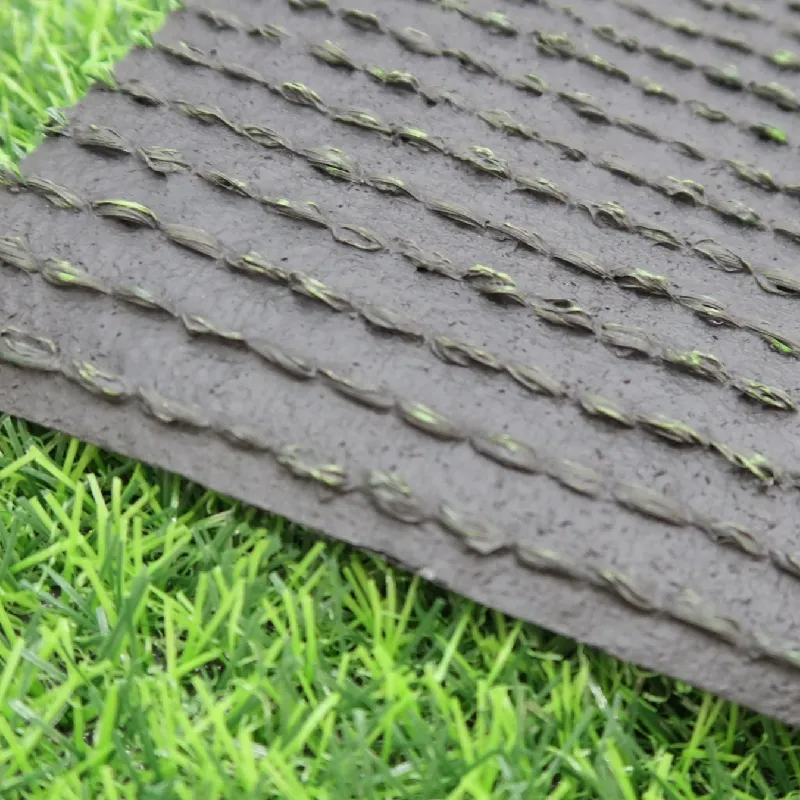Welcome to Hoyarn
Call Us Any Time:+86 19801805999
Email Us: info@hoyarn.cn

- Afrikaans
- Arabic
- Belarusian
- Bengali
- Czech
- Danish
- Dutch
- English
- Esperanto
- Estonian
- Finnish
- French
- German
- Greek
- Hindi
- Hungarian
- Icelandic
- Indonesian
- irish
- Italian
- Japanese
- kazakh
- Rwandese
- Korean
- Kyrgyz
- Lao
- Latin
- Latvian
- Malay
- Mongolian
- Myanmar
- Norwegian
- Persian
- Polish
- Portuguese
- Romanian
- Russian
- Serbian
- Spanish
- Swedish
- Tagalog
- Tajik
- Thai
- Turkish
- Turkmen
- Ukrainian
- Urdu
- Uighur
- Uzbek
- Vietnamese
Artificial Grass for Professional Sports Fields
Feb . 06, 2025 06:31 Back to list
Artificial Grass for Professional Sports Fields
Navigating the world of football turf is a quest filled with vital decisions requiring deep insights and authoritative guidance. As society continues to embrace diverse athletic practices, selecting the appropriate football turf transforms into a crucial undertaking that impacts performance, safety, and long-term investment returns. Football turf has become synonymous with both amateur and professional sports fields, earning widespread recognition for its consistency, durability, and ability to mimic natural grass.
Maintenance of football turf, although less demanding than natural grass, still requires specific attention to guarantee optimal performance. Regular grooming to redistribute infill and periodic sanitation to prevent bacterial build-up preserve the turf's playability and extend its lifespan. Engaging in routine inspections and adhering to manufacturer guidelines can mitigate wear and identify areas needing rejuvenation or repair. Product advancements continue to optimize football turf, shifting towards 100% recyclable systems that eliminate landfill waste and enhance player safety further. Innovations including shock pad underlays and specialized infill materials are consistently improving energy restitution and ball behavior, mirroring natural grass responses even more closely. Trustworthiness is built through transparent communication and verified performance claims. Test reports and field testimonials provide benchmarks that facility managers can rely on to evaluate product suitability. Partnering with suppliers who openly share data on product performance and sustainability metrics strengthens trust and fosters informed decision-making. Exploring financing options also merits consideration as the initial installation costs, although substantial, are offset by long-term savings on maintenance and water consumption. Financing packages can ease upfront financial burden while ensuring facilities are equipped with the safest, most durable football surfaces available. In conclusion, selecting the right football turf involves a blend of experience, expertise, authoritativeness, and trustworthiness. Prioritizing quality, sustainability, and reliable partnerships ensures that athletes perform at their peak, audiences enjoy the game, and facilities maximize their investment returns. Employing a strategic approach to this decision empowers managers to provide state-of-the-art sports environments that uplift players and contribute positively to the community sports culture.


Maintenance of football turf, although less demanding than natural grass, still requires specific attention to guarantee optimal performance. Regular grooming to redistribute infill and periodic sanitation to prevent bacterial build-up preserve the turf's playability and extend its lifespan. Engaging in routine inspections and adhering to manufacturer guidelines can mitigate wear and identify areas needing rejuvenation or repair. Product advancements continue to optimize football turf, shifting towards 100% recyclable systems that eliminate landfill waste and enhance player safety further. Innovations including shock pad underlays and specialized infill materials are consistently improving energy restitution and ball behavior, mirroring natural grass responses even more closely. Trustworthiness is built through transparent communication and verified performance claims. Test reports and field testimonials provide benchmarks that facility managers can rely on to evaluate product suitability. Partnering with suppliers who openly share data on product performance and sustainability metrics strengthens trust and fosters informed decision-making. Exploring financing options also merits consideration as the initial installation costs, although substantial, are offset by long-term savings on maintenance and water consumption. Financing packages can ease upfront financial burden while ensuring facilities are equipped with the safest, most durable football surfaces available. In conclusion, selecting the right football turf involves a blend of experience, expertise, authoritativeness, and trustworthiness. Prioritizing quality, sustainability, and reliable partnerships ensures that athletes perform at their peak, audiences enjoy the game, and facilities maximize their investment returns. Employing a strategic approach to this decision empowers managers to provide state-of-the-art sports environments that uplift players and contribute positively to the community sports culture.
Latest news
-
The Benefits of Artificial Turf for Indoors
NewsJul.15,2025
-
How Artificial Grass Suppliers Ensure Quality Products
NewsJul.15,2025
-
Artificial Grass and Pets: A Space for Relaxation
NewsJul.08,2025
-
Balcony & Outdoor Decoration with Artificial Grass
NewsJul.08,2025
-
Best Indoor Artificial Grass for Home
NewsJul.07,2025
-
Best Pet Turf for Dogs: Safe & Durable Artificial Grass Options
NewsJul.07,2025
Products categories









